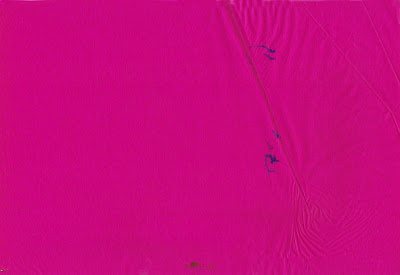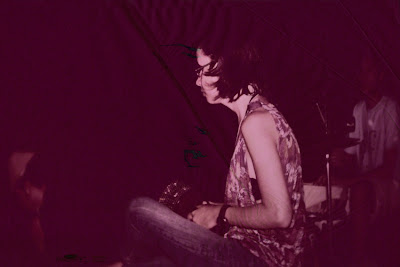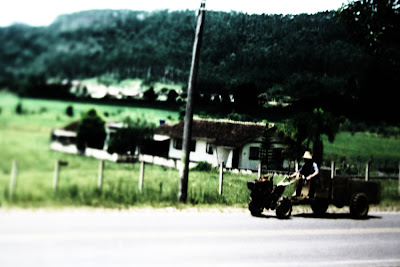
"ins unscharfe", brasil, 2011
Pictorialism was a movement in the history of photography with great photographers like Stieglitz, Steichen, Coburn, Käsebier, Kühn, Eugene, the Brothers Hofmeister, Demachy and many others.
Many of the pictures have got a smooth effect like from the
soft focus lenses, actually the lenses in this time weren't very sharp:
"Kühn geht es um die optischen und chemischen Mittel, die ihm ermöglichen, seinen subjektiven Augeneindruck treffend wiederzugeben. Aus Experimenten mit der
Monokellinse erwächst die spätere Konstruktion des Weichzeichners '
Imagon'; ein Objektiv, das sich heute wieder großer Beliebtheit erfreut. Der Soft-Focus-Effekt, von Kühn zur Erlangung des idealen Negativs benutzt, führt zur 'unscharfen Richtung' in der Kunstphotographie."
- from "Kunstfotografie um 1900 in Deutschland und ihre Beziehungen zum Ausland" by Fritz Kempe in "Kunstfotografie um 1900 in Deutschland", p.4, exhibition catalog, Institut für Auslandsbeziehungen and author, Stuttgart and Hamburg 1982.
But the avant-garde movement in the 1920s didn't like the old-school Pictorialism, which this harsh criticism of Sasha Stone illustrates:
"In den letzten Jahren hat sich ein Stil entwickelt, hervorgerufen durch verschiedene Mängel der Objektive. Es hat sich herausgestellt, dass bei einer gewissen Entfernung manche Gegenstände unscharf, gewissermaßen verschleiert werden und dadurch ihre präzise Form verlieren. Es wird somit der Phantasie des Beschauers anheim gestellt, die Form zu erraten. Dieses Rätselhafte wurde als ein gewisser künstlerischer Stil aufgefasst und von vielen Photographen aufgenommen und entwickelt. So wurde ein weicher, sanfter, liebenswürdiger Stil kreiert, der die Mittel vergewaltigt hat. Sehr bald wurde jedoch erkannt, dass dieser Weg falsch ist, und ein anderer Weg, ein geistigerer, wenn man so sagen darf, eingeschlagen."
- from "Photo-Kunstgewerbereien" by Sasha Stone in "Das Kunstblatt", Heft 3, p.86, 1928 and in Eckhardt Köhn (Ed.): "Sasha Stone - Fotografien 1925 - 39", p.95, Serie Folkwang, Verlag Dirk Nishen, Berlin 1990.
Today you can
photograph like them (if you have the equipment) or create a
similar look with Photoshop.
But hey, we want an easier way. And this way is really the simplest one. Or am I being simplistic?
Like Robert Demachy said:
"Wer sich nur auf das Objektiv verlässt, der kehrt der Kunst den Rücken."
- from "Kunstfotografie um 1900 in Deutschland und ihre Beziehungen zum Ausland" by Fritz Kempe in "Kunstfotografie um 1900 in Deutschland", p.8, exhibition catalog, Institut für Auslandsbeziehungen and author, Stuttgart and Hamburg 1982.
You just need a DSLR or an EVIL camera and a 10x15cm (or smaller / or bigger) c-print or b/w-print.
Certainly you scan your analog prints with a normal scanner, but there the prints are flat.
But we don't want flat pictures, we want tension!
You have to band the print, this is all, 'cause thereby the flat print gets a three-dimensionality.
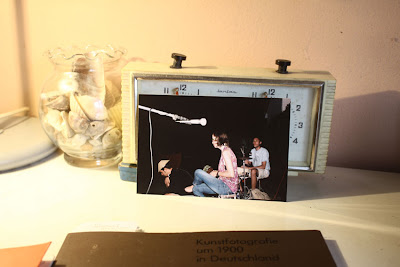
That's awesome, 'cause the camera cannot lie, but in fact the contrary is the case.
1. vertical curved:



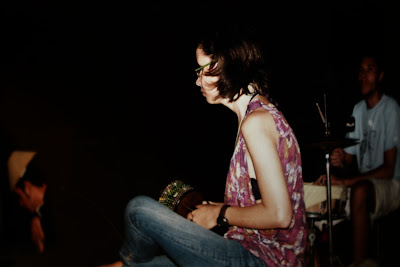
two versions after Photoshop:

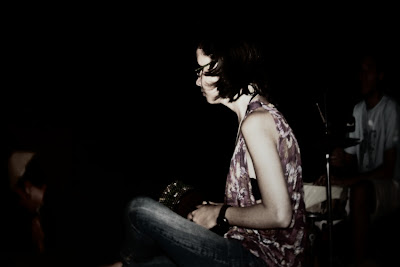
2. horizontal curved:



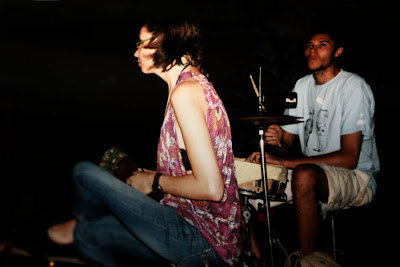
3.
photographed at an angle from above:




 There are of course many different angles from which you can photograph the print. Just try!
There are of course many different angles from which you can photograph the print. Just try!
see part 2







 Here're some pictures made with the lens!
Here're some pictures made with the lens!














